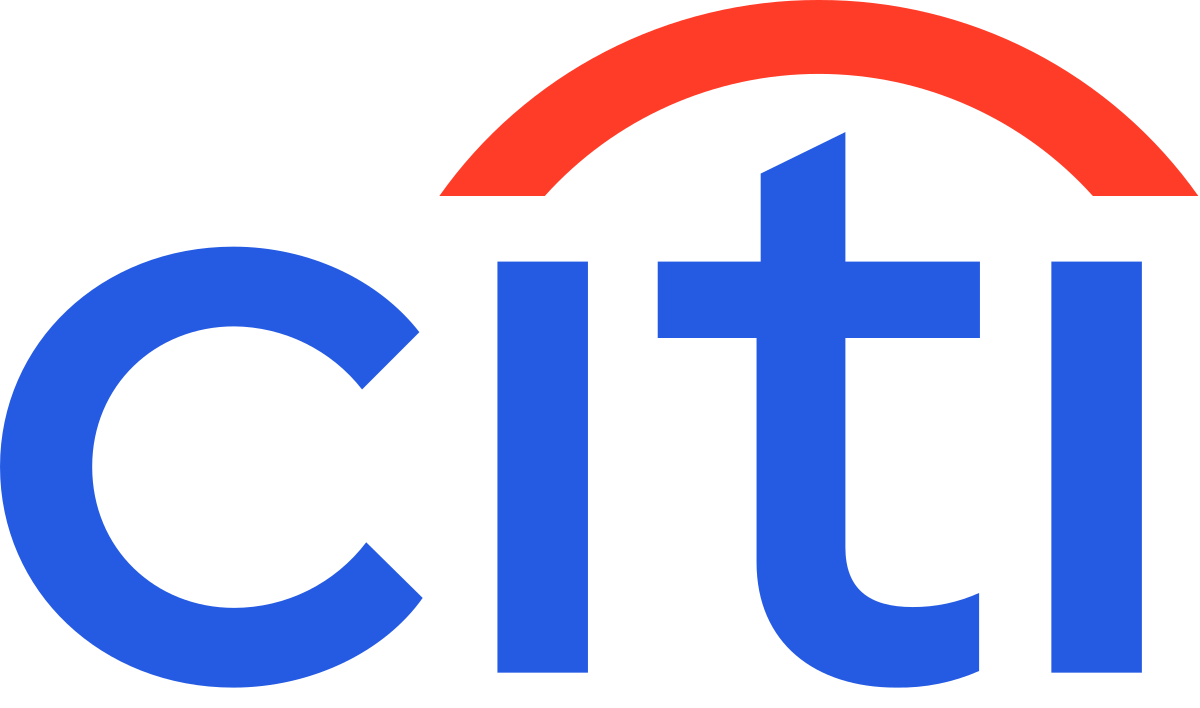| Contributing authors | |
| Sabrina Hartzog global MMF product manager at Treasury and Trade Solutions, Citi |
|
 |
Robin Gomes EMEA MMF product manager at Treasury and Trade Solutions, Citi |
The European Union’s money market funds (MMFs) are set to change in the coming months as fund providers start to implement reforms in advance of a deadline of January 21, 2019. Europe’s MMF sector is worth around €1.3 trillion and plays an important part in institutional investors’ (IIs’) liquidity management and investment strategy; MMFs are a valuable element in a portfolio of investment and deposit instruments.
Similar to recent MMF reforms in the US, the EU’s reforms aim to address concerns about the market’s stability that arose a decade ago during the financial crisis. For MMF investors, the increased transparency and resilience that should result from the EU’s reforms is welcome. Nevertheless, the scale of the changes mean that IIs need to start thinking about the implications of EU MMF reforms right now. “While European money fund reforms have so far impacted fund managers much more than investors, both groups have much work to do before the January 21, 2019 deadline to convert existing funds,” says Peter Crane, president of Crane Data.
What’s changing?
EU MMF reforms will affect every fund domiciled, marketed or managed in the region. Changes include:
(a) Categorisation of MMFs
(b) Fund options with variable net asset values (NAV)
(c) New liquidity requirements and calculations
(d) Possible fees and gates (which temporarily prevent withdrawals)
One of the most important elements of the EU reforms is the separation of prime funds – which are funds that can be invested in many types of securities, including corporate and government securities – into two categories:
Low volatility NAV (LVNAV) funds trade at a fixed NAV of one unit per currency, provided mark-to-market NAV moves less than 20 basis points (bp); they are subject to liquidity fees and gates.
Short-term variable NAV (VNAV) funds have a floating NAV based on mark-to-market pricing; they do not have liquidity fees and gates.
Both LVNAV and VNAV MMFs will be required to calculate (or “strike”) the NAV to price a trade before it settles. This will impact redemption trades and could delay settlement, which would have implications for IIs’ intraday cash flows.
A further change is that constant net asset value (CNAV) funds, which invest in government securities, will now be subject to liquidity fees and gates if the weekly maturing assets of the fund fall below certain set levels.
What do IIs need to do?
Existing prime MMFs will automatically change to a new to LVNAV or VNAV structure in November, December or January, based on the fund provider’s discretion, with existing investments rolled over into new funds.
The significant differences between CNAV, LVNAV and VNAV funds in terms of yield, liquidity and preservation of capital mean that IIs need to refer to fund prospectuses, keep abreast of updates from fund providers, and keep a close eye on the decision taken by individual MMFs. “Though most market observers expect the bulk of existing CNAV fund assets to convert to new LVNAV structures, it’s probably a good idea to start paying closer attention to the European money fund markets in coming months,” says Crane. In particular, investors should monitor fund conversion dates and build a buffer into their plans should they need access to funds on conversion day.
Most importantly, IIs must seek to understand the implications of the new CNAV, LVNAV and VNAV funds on their liquidity management, intraday cash flow and investment portfolio, and plan accordingly. Investor responses will vary depending on their circumstances. For example, for IIs that prioritize conservation of principal in their investment policy, LVNAV funds may be a viable investment option, while VNAV funds’ risk of a loss of principal could make them potentially non-compliant with investment policy.
Conversely, IIs that value liquidity above other considerations, because of the need to gain access to funds on a certain date, for instance, may be less likely to invest in LVNAV funds given their ability to trigger liquidity fees and gates (it is important to note that, although the new EU rules only specify trigger points at which fees and gates can be imposed, many experts believe MMF managers will maintain high credit quality portfolios and ample liquidity in order to avoid fees and gates). In any case, investors in LVNAV funds may want to track their shadow NAV to assess whether there is a risk that fees and gates may be imposed.
An opportunity to revisit investment policy
Every II has a different investment policy. Some policies offer considerable flexibility and will accommodate existing investments being rolled into new LVNAV or VNAV funds, or moving to alternative MMFs should that be necessary. Other IIs’ policies may be highly specific, referring only to existing CNAV funds for example; these will require amendments to accommodate new types of MMFs. Given the need for board approval of investment policy, time is of the essence.
Compared to the current EU MMF regime, the new world of LVNAV and VNAV funds is more nuanced and requires careful consideration about IIs’ yield, liquidity and preservation of capital objectives and the best funds to achieve those goals.
More generally, the transformation of the EU’s MMF market, following that of the US, provides a useful opportunity for IIs to spring clean their investment policies – especially if they have not changed for years – and update them to reflect new market realities and strategic objectives.
Keep up to date
Although EU MMF reforms may be perceived to be less disruptive than those of the US – which resulted in significant balance flows from prime to government funds as IIs sought to avoid fees, gates and potential loss of principal in floating NAV prime funds – it is nevertheless a significant change.
LVNAV funds have many of the same characteristics as existing CNAV funds, trading on a fixed NAV basis, with similar trading cut-offs, settlement procedures and ratings; LVNAV funds are likely to account for the bulk of the post-reform market. However, LVNAV funds do have important differences to CNAV funds should there be heightened market volatility; for example, if the mark-to-market NAV moves more than 20bp they convert to VNAV funds. Furthermore, uncertainty over whether existing funds will become LVNAV or VNAV funds later this year means that IIs should monitor events.
While most aspects of the post-January MMF structure are now finalised, one important aspect remains unclear: will share redemption be permitted? In order to maintain a stable capital value, euro-denominated CNAV funds currently redeem shares to account for any negative yield. The regulatory body with overall responsibility for EU MMF reforms has published statements that have led the market to think this structure will not be allowed. At the time of writing this article, there has been no further clarification on this issue. If share redemption is forbidden, fund providers may be required to convert euro-denominated prime funds to short-term VNAV, rather than LVNAV, funds. Given the differences between LVNAV and VNAV structures, clients who prefer the LVNAV structure may want to consider alternative arrangements in case euro prime funds are not optimal with their updated policy.
How to move forward
The uncertainty over share redemption underscores a broader point: this is a transformative time for EU MMFs and investors should consider working closely with their bankers during this transition period. It is clear that there are both operational impacts of the changes to the European market and significant potential risk management implications. IIs should consider discussing this with relevant stakeholders both inside and outside the organisation.





